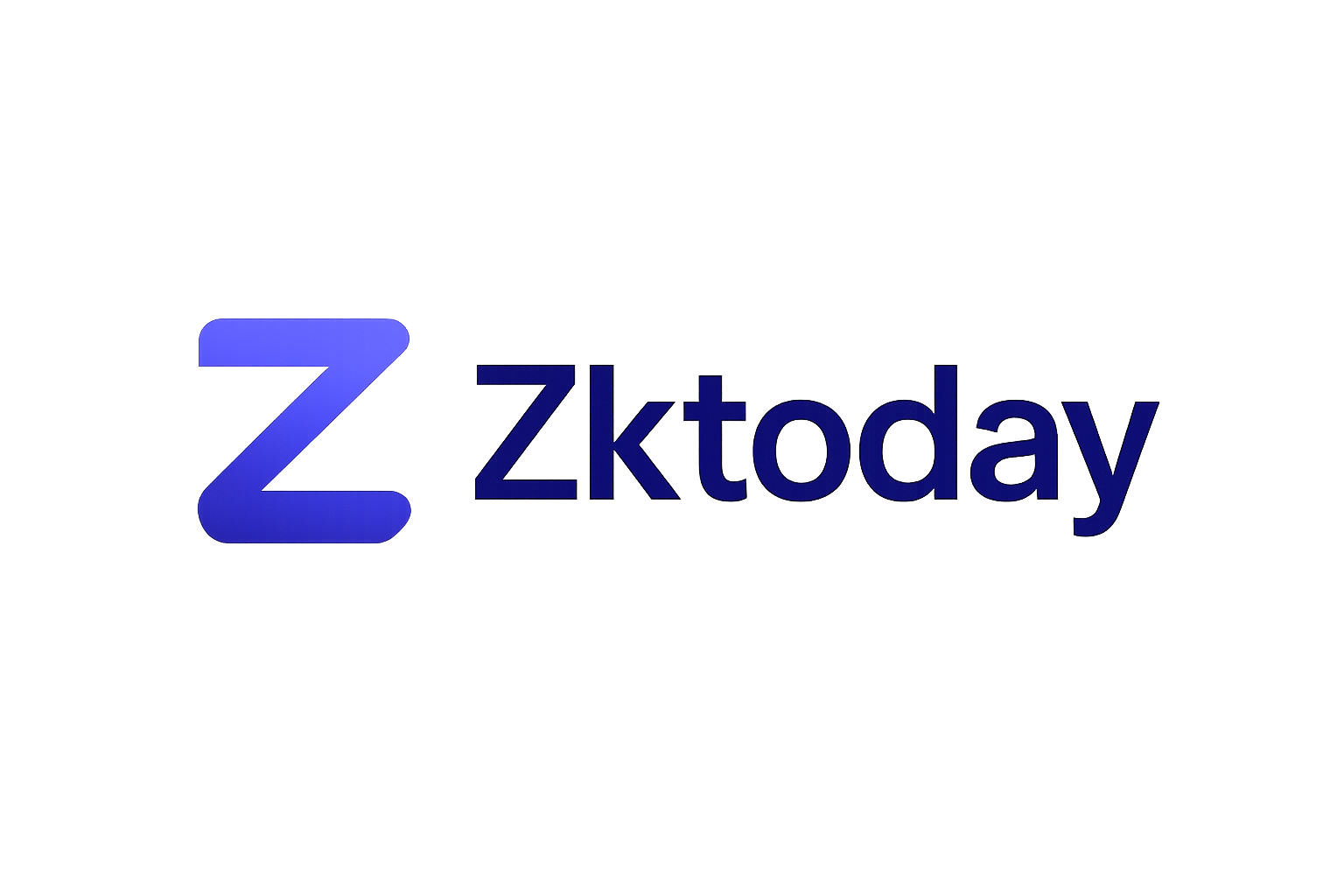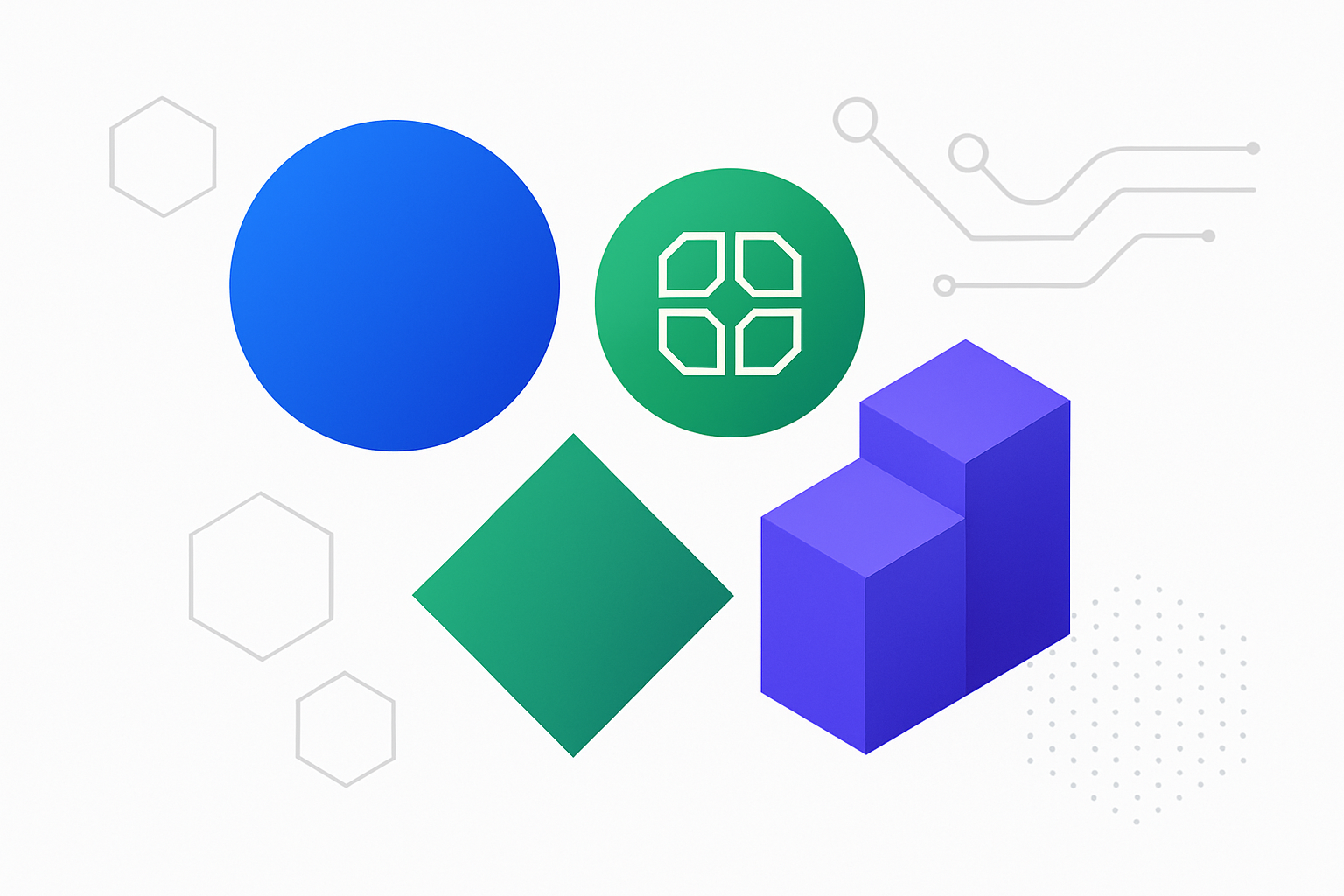
Imagine a blockchain where transactions confirm in the blink of an eye, and high-traffic apps like DeFi protocols or on-chain games never hit a congestion wall. This is no longer speculative fiction: zk rollups are redefining what’s possible for Ethereum Virtual Machine (EVM) chains by enabling sub-second finality and supporting transaction rates that soar beyond 100,000 TPS. Let’s break down the technology, the market context, and why this leap in scalability is a watershed moment for the entire blockchain ecosystem.
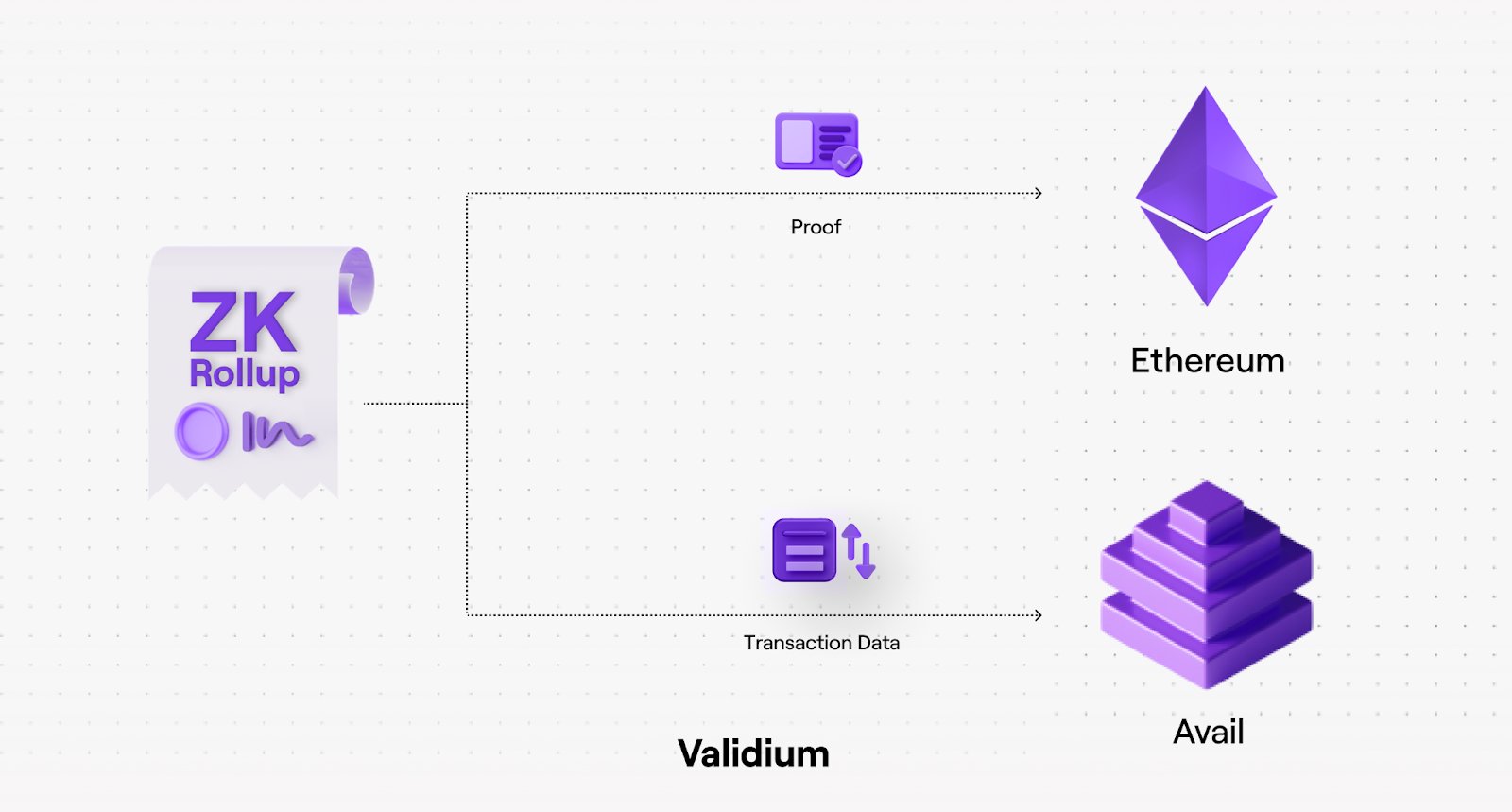
Why ZK Rollups Are Outpacing Optimistic Rollups
For years, the blockchain trilemma – balancing scalability, security, and decentralization – has limited Ethereum’s throughput. Even as Layer 2 solutions proliferated, most notably Optimistic Rollups, real-world performance remained constrained. Optimistic Rollups require a 7-day challenge window to resolve disputes, which slows finality and can bottleneck user experience. In contrast, zk rollups use zero-knowledge proofs to deliver immediate, cryptographically secure finality. Once a batch of transactions is proven and posted on-chain, they are instantly final. This is a game-changer for both users and developers who need rapid transaction confirmation and robust fraud resistance.
How ZK Rollups Achieve Sub-Second Finality and Massive TPS
The secret sauce of zk rollups lies in their ability to process transactions off-chain, generate succinct validity proofs (ZKPs), and submit only the essential data to the main chain. Here’s how this architecture unlocks unprecedented speed and scale:
- Off-Chain Computation: Transactions execute off-chain in high-speed environments, dramatically reducing congestion on the base layer.
- Batching and Compression: Thousands of transactions are bundled together, with a single proof validating the entire batch. This slashes on-chain data requirements and unlocks throughput in the tens or hundreds of thousands per second.
- Instant Validity: Unlike optimistic approaches, zk rollups’ proofs are mathematically verifiable at submission. No waiting periods or trust assumptions are required.
- EVM Compatibility: Modern zkEVMs (like zkSync Era and Immutable zkEVM) let developers deploy existing Ethereum smart contracts with minimal changes, supporting seamless migration and adoption.
For example, zkSync Era has already achieved block times close to 1.3 seconds with ambitions to push toward sub-second confirmation and 10,000 and TPS via its “Elastic Chain” roadmap. Meanwhile, cutting-edge implementations like ZKC and Sui’s Mysticeti protocol have demonstrated throughput exceeding 100,000 TPS in test environments, with real-world deployments rapidly catching up.
The Technical Innovations Powering ZK Rollup Scaling
The leap from single-digit to six-figure TPS isn’t just about batching more transactions. It’s the result of multiple innovations working in concert:
- In-Memory State EVMs: By keeping execution state in fast-access memory rather than disk, rollups eliminate critical bottlenecks that slow down traditional blockchains.
- JIT Compilation for Smart Contracts: Just-In-Time compilation accelerates contract execution, making it feasible to process thousands of complex operations in parallel.
- ZKP Hardware Acceleration: Specialized hardware and optimized circuits have slashed proof generation times from minutes to milliseconds.
- Advanced Data Availability Layers: Solutions like Danksharding and modular DA layers ensure that even as throughput soars, all transaction data remains accessible and verifiable on-chain.
This is why leading projects like Silvana Rollup and Immutable zkEVM are not only promising sub-second finality but also delivering it in production environments. The result is a blockchain experience where users enjoy instant confirmations and developers can build applications that rival the speed and scale of Web2 platforms – all while maintaining Ethereum-grade security and decentralization.
These breakthroughs are already reshaping what’s possible for decentralized apps. Projects leveraging zk rollup scaling solutions can confidently target mainstream audiences, knowing the infrastructure now supports the kind of responsiveness and throughput once reserved for centralized systems. For DeFi, this means liquidations, arbitrage, and order matching can happen in real time, eliminating the risk of frontrunning and latency-based exploits. For gaming and social dApps, it enables rich, interactive experiences that don’t force users to wait for every move or message to finalize.
Real-World ZK Rollup Use Cases in DeFi, Gaming, and Payments
-
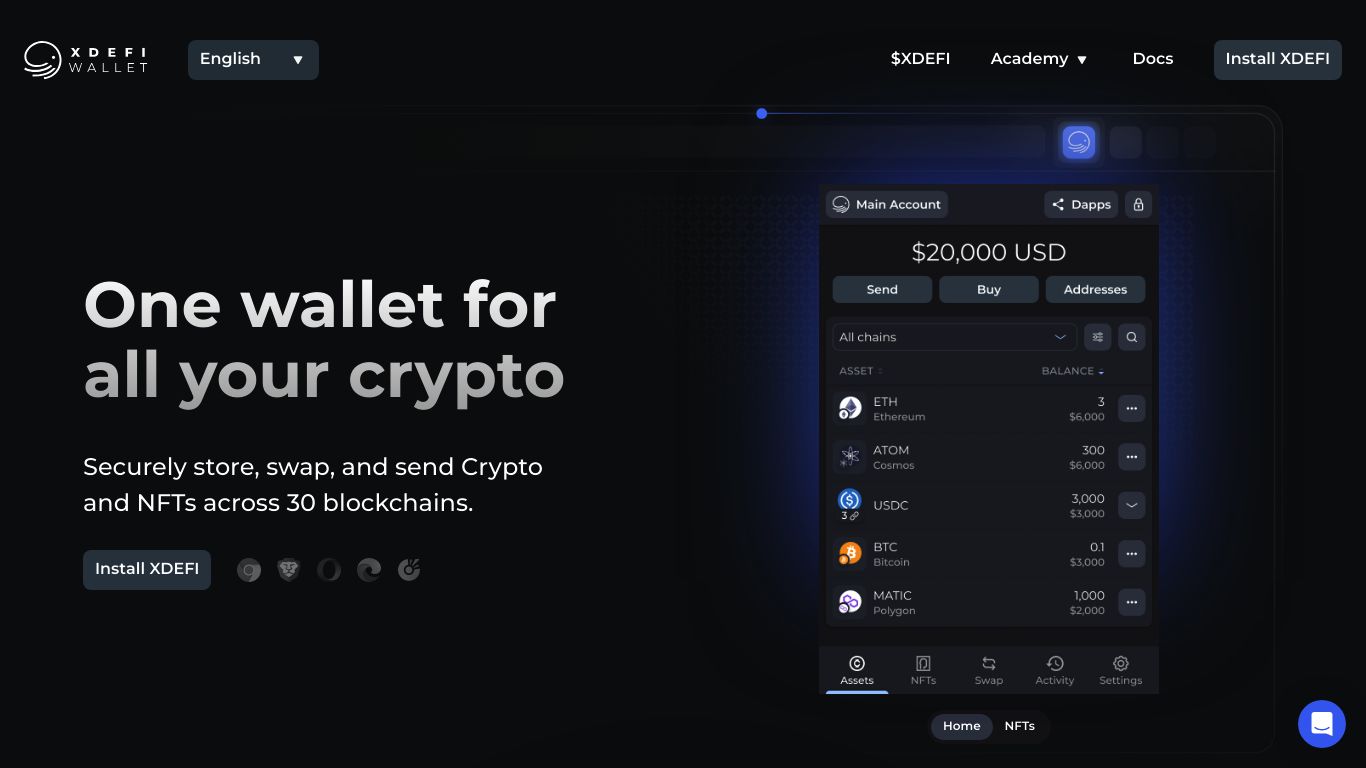
zkSync Era in DeFi: zkSync Era powers decentralized finance (DeFi) platforms like SyncSwap and Mute.io, enabling near-instant swaps and lending with sub-second finality and low fees. Its EVM compatibility lets users interact with familiar Ethereum dApps, but at a fraction of the cost and latency.
-

Immutable zkEVM for Blockchain Gaming: Immutable zkEVM, built by Immutable and powered by Polygon, is designed for high-throughput gaming. It supports popular titles like Gods Unchained and Guild of Guardians, delivering seamless gameplay, instant NFT minting, and secure asset trading—all with Ethereum-grade security and minimal transaction costs.
-
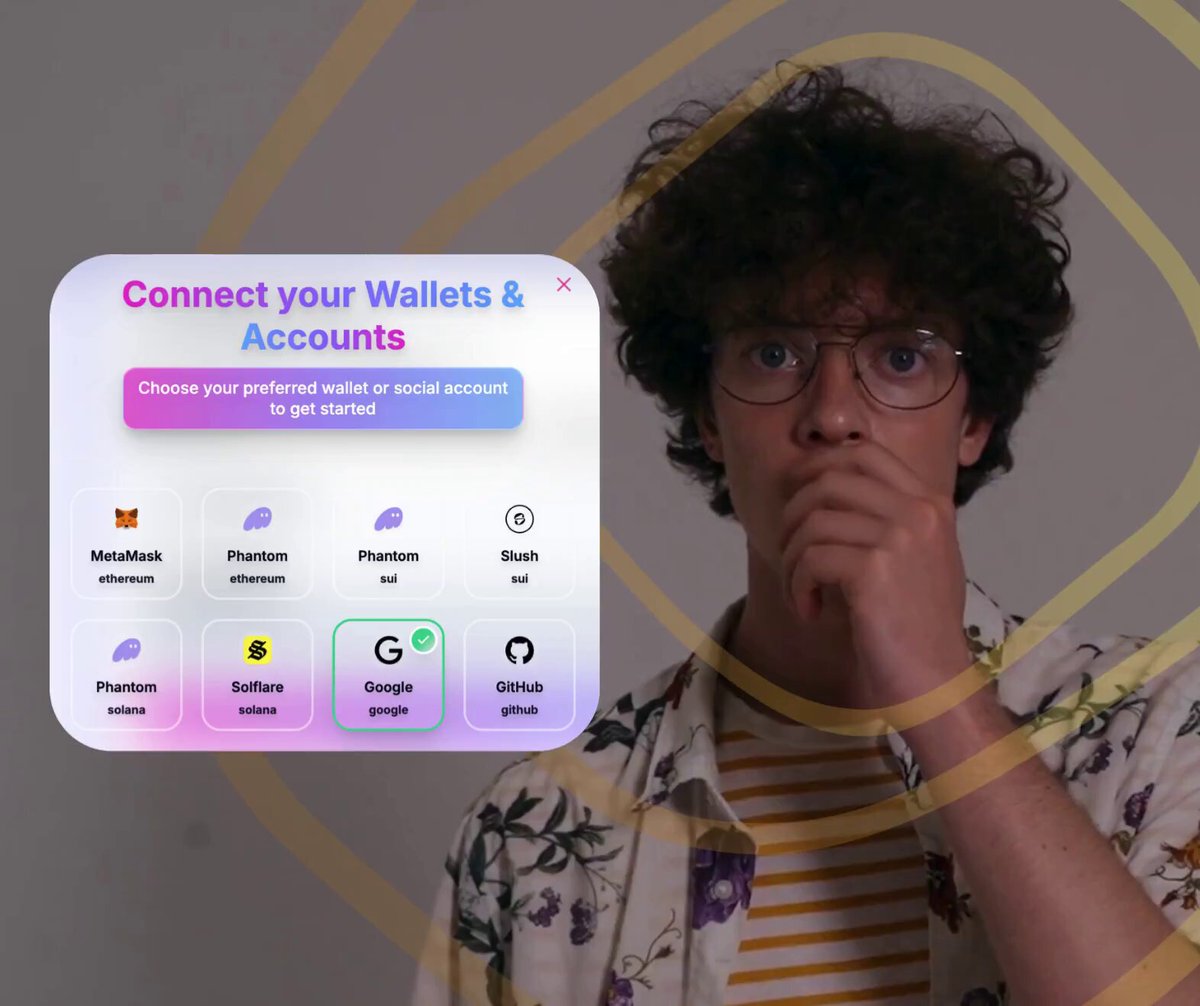
Silvana Rollup for Instant Payments: Silvana Rollup offers sub-second transaction finality for payment applications, merging optimistic and ZK rollup features. Its technology enables real-time crypto payments and microtransactions, making it ideal for point-of-sale and cross-border remittances with high throughput and robust security.
-
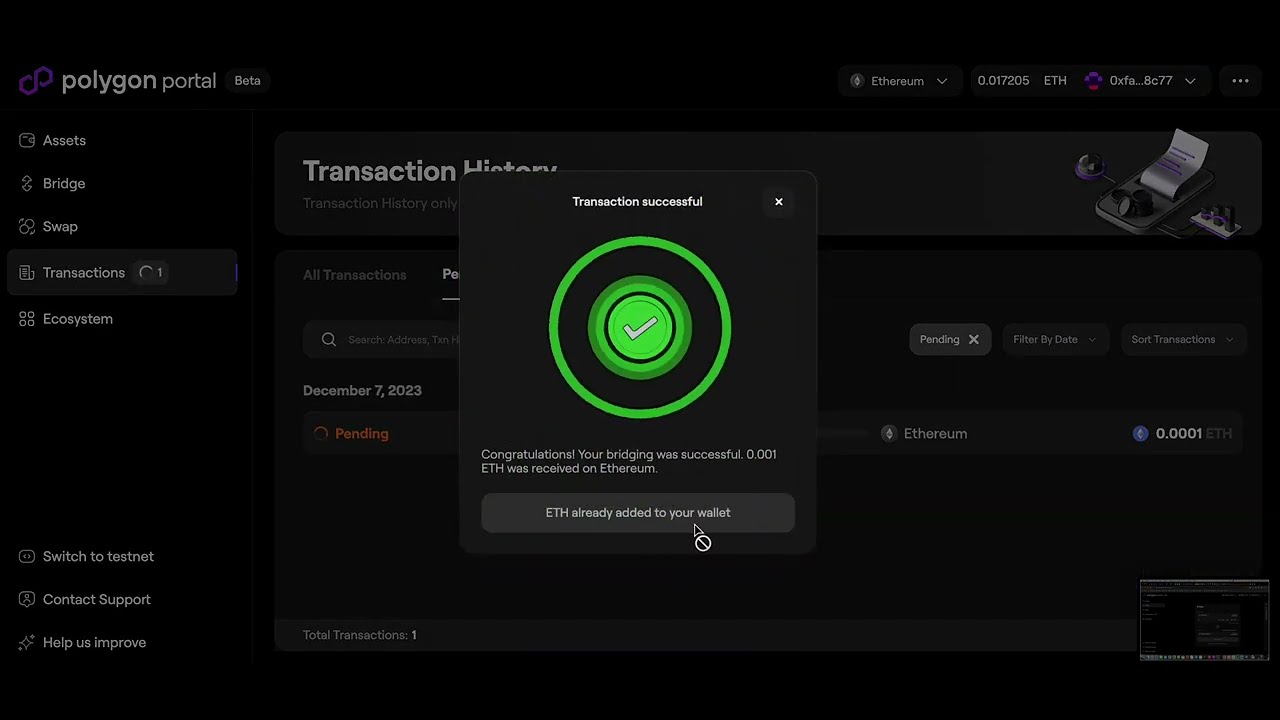
Polygon zkEVM in Enterprise Payments: Polygon zkEVM is leveraged by platforms like Wirex and BitPay to process large volumes of crypto payments efficiently. Its ZK Rollup architecture ensures low fees and fast settlement, making it suitable for global payroll and B2B transactions.
-
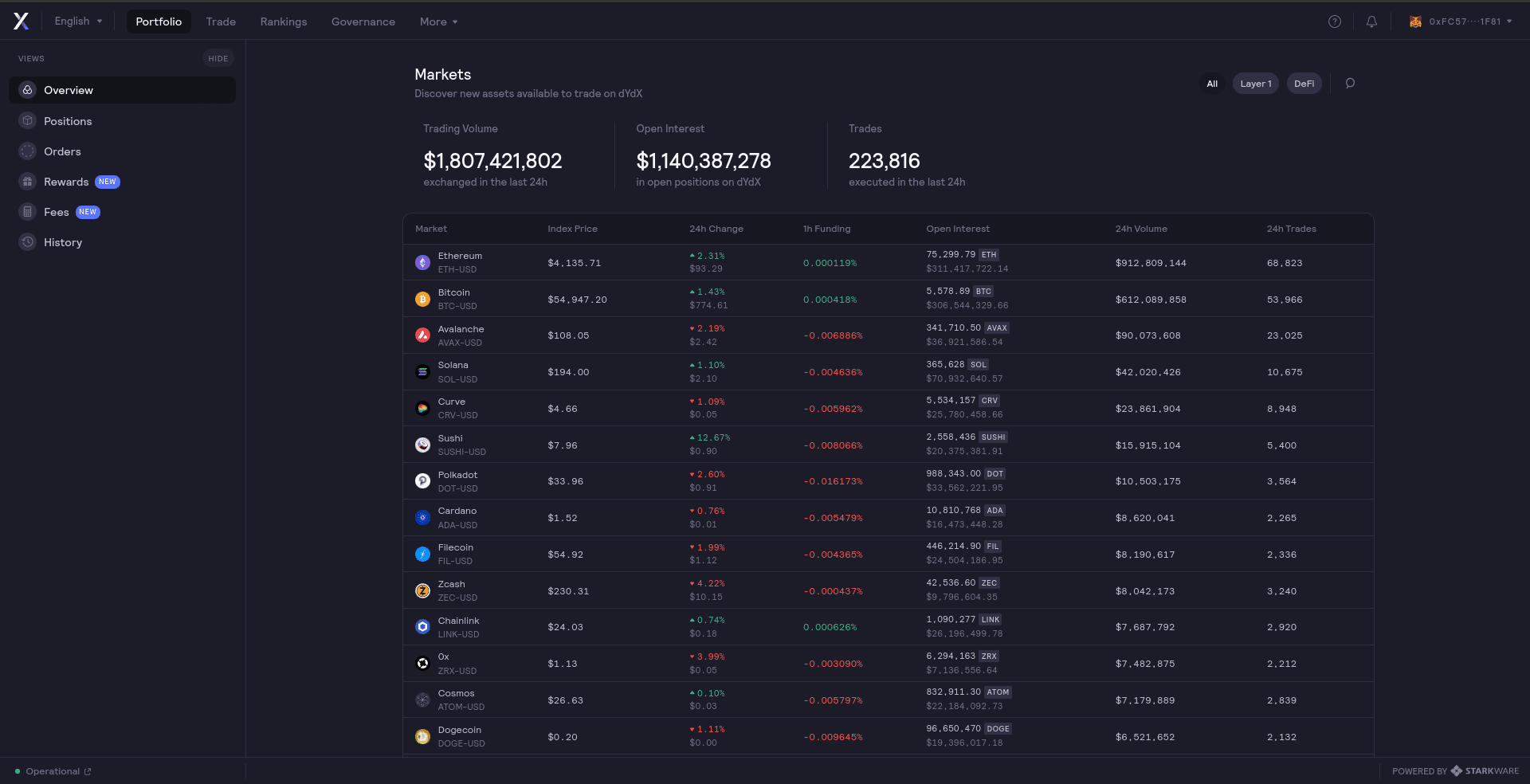
Starknet for DeFi Derivatives: Starknet, a leading ZK Rollup, underpins DeFi protocols such as dYdX and Immutable X, supporting high-frequency derivatives trading and NFT marketplaces. Its scalability allows for thousands of transactions per second with cryptographic security and immediate settlement.
Security and transparency remain at the core of this transformation. With zero-knowledge proofs, users no longer need to trust operators or validators to act honestly; the math guarantees that every off-chain computation is correct. This not only reduces attack surfaces compared to optimistic rollups but also supports privacy-preserving applications, since ZKPs can prove correctness without revealing underlying data. As the technology matures, expect privacy features to become more customizable, allowing projects to balance transparency and confidentiality as needed.
Of course, no scaling solution is without trade-offs. The complexity of zero-knowledge circuits and the demand for robust data availability have sparked new research into modular blockchain design and the economics of proof generation. Still, the pace of improvement is rapid: proof times are dropping, data compression is improving, and EVM compatibility is growing more seamless with each upgrade. The market’s appetite for these solutions is clear, with leading zk rollup projects winning awards and attracting significant developer mindshare in 2024 and beyond.
What’s Next for Blockchain Scalability?
With Ethereum itself targeting a future of 1 Gigagas/s throughput on L1 and a rollup-centric roadmap, the synergy between Layer 1 and Layer 2 innovations is stronger than ever. As data availability protocols like Proto-Danksharding and external DA layers come online, the ceiling for zk rollup performance will rise even further. The dream of a decentralized internet capable of supporting global-scale applications, without compromising on security or decentralization, is fast becoming reality.
For developers, now is the time to experiment with zk rollup platforms, optimize smart contracts for parallel execution, and rethink what’s possible when latency and throughput are no longer limiting factors. For users, the promise is simple: faster, cheaper, and more secure blockchain experiences that finally rival the best of Web2.
As we look ahead, one thing is clear: zk rollups are not just an incremental improvement, they are a foundational leap that will define the next era of blockchain scalability.
